How to evict a fox from a den in your garden
Hello and welcome! If you’re reading this then you’ve probably Googled something along the lines of ‘how can I stop foxes digging a (bloody) den in my garden?’, steam coming off your fingers as you bang away at the keyboard in annoyance.
Foxes deciding to set up a den in inconvenient places, and making a mess while they do it, is a common problem in suburban gardens around the UK, so rest assured, you’re not alone.
“I recently discovered big holes dug under my garden office and although I haven’t seen them, I suspect this is a fox den. I will keep an eye out for foxes coming and going and also for cubs. However, should I wait until the fox and cubs have left the den before using any deterrent?“
Victoria, FRE reader
Foxes are particularly attracted to gardens that have some sort of building or structure in them like sheds, offices, summer houses, decking and garages. Foxes enjoy getting into the space underneath these places because they provide the natural shelter and protection that foxes favour when denning.
If foxes get wind of the fact that a garden has perfect conditions in which to bring up cubs, the local fox population will be around inspecting it and fighting for the right to control the territory. Whoever wins the battle will move in.
Like many people this happens to, you’re probably very frustrated by the holes and general destruction to your garden. But, also like most people, you don’t want to cause the foxes any harm, particularly as there’s likely to be small cubs inside the den.
“A female fox is using the underneath of our garden cabin as a day nursery for her cubs. We don’t want to harm them but she is being aggressive towards our cat who now won’t go out. We need to move them on in a humane way, but what is the best way to do that?“
Jonathan, FRE reader
So, is there anything you can do to humanely evict the foxes from the den in your garden and get them to move on somewhere else? In this article we’ll take a look at how you can try to improve the situation and minimise any further mess.
What is a fox den?
A fox den (or ‘earth’) is basically an underground space where foxes can safely retreat and raise their cubs. Normally somewhere cool, dark and secluded – just like that spot in your garden.
The stereotypical fox den, consisting of a tunnel leading to a series of underground chambers, does of course exist, but creating one of these from scratch is quite often a last resort for a busy fox.
The amount of digging this entails is incredibly energy-intensive, so the ever-resourceful fox will try and make use of whatever is already in existence in order to save precious calories. Even rural foxes will seek out abandoned badger sets, rabbit warrens or old fox dens before digging something new, so for urban foxes it’s even easier.
While the UK’s human population may be facing a housing shortage, Britain’s urban foxes have no such problem as there is an abundance of premium real estate to choose from.
Sheds, decking and garages have long been typical den fodder, but with more and more people adding garden offices and summer houses into the ‘marketplace’, the choice of ready-made fox accommodation keeps increasing.
With additional amenities like ponds, overgrown/re-wilded areas, dustbins, small pets, chickens, thrown out kitchen scraps, left out dog chews and all the other popular things that are common to British gardens, it’s really no surprise foxes are able to thrive among us. We literally provide them with everything they need!
- Further reading: 10 reasons foxes come into your garden
Housing analogies aside, there’s clearly something about your garden that has attracted some local foxes and they’ve decided it’s a lovely spot to raise their cubs. You’ve got the unsightly holes, displaced soil and food remains at the entrance to the den to show for it, so it’s time to take action and do something about the problem.
How can you get the foxes to leave?
Just because you’ve got foxes denning in your garden now, it doesn’t mean you’re stuck with them forever. Foxes typically leave dens for good of their own accord between the end of June to end of July, as the adolescent cubs reach a stage where they spend more and more time away from the family group in preparation for finding their own territories.
However, while a natural end is in sight, this doesn’t help you if you’re reading this in April and worrying that you’ll have to put up with the disruption and destruction for at least another couple of months.
While it’s notoriously difficult to get foxes to abandon the den before they are ready, the good news is that it’s not impossible. With a bit of perseverance, there are some steps you can take to try and get the foxes to move on before they would normally do so naturally.
MAKE THE VIXEN FEEL UNSAFE
It’s the vixen that predominantly decides where to establish a den. She will disappear into it for as long as a month as the end of her 53-day pregnancy approaches (late Feb – early March), so it needs to be secure. She’ll use the den to give birth and nurture the cubs during the critical first couple of weeks while they are deaf and blind. The male will be rushing back and forth above ground hunting and bringing her food.
In your case, there’s obviously a place in your garden where the vixen feels very comfortable and she’ll happily remain there unless you can successfully change her mind.
Although it’s not easy, it’s definitely possible to get the vixen to reconsider the safety of the den and decide to go elsewhere. It’s important to note that when choosing a den, foxes intelligently have an alternative place in mind in case the main den is compromised.
Foxes are very adept at moving their cubs if they feel it will be safer elsewhere, often by grabbing each one by the scruff of the neck, and physically carrying them to the backup den or another place of safety.
As foxes usually have somewhere else to go, you don’t necessarily have to feel bad that you are taking steps to evict young cubs. A lot of people understandably feel guilty about this, so look at it as encouraging them to go somewhere more suitable where they’ll have a greater chance of survival rather than as cruelly turfing them out onto the street.
Though no doubt you wouldn’t even consider doing anything inhumane, it still needs to be stated that you must not interfere with the den in any way, including blocking up the entrance with live foxes inside, poking sticks down the hole, or digging it up and filling it in. Doing this is wrong and is quite rightly illegal under the Animal Welfare Act 2006. You can only fill in and block up the den once you’re sure the den is empty.
So what specifically can you do that will humanely make the vixen feel like it’s better to go somewhere else?
USE FOX DETERRENTS NEAR THE ENTRANCE
In order to give yourself the best chance of successfully encouraging your denning foxes to go elsewhere, you need to get them to associate your garden and their den with something negative, inconvenient or irritating.
The best way to do this is to use a variety of fox deterrents close to the entrance of the den. There may be more than one entrance so have a good look around the area to establish what you’re dealing with and where you should take action.
THE FOXWATCH ULTRASONIC FOX DETERRENT
The FoxWatch Ultrasonic Fox Deterrent is a small device that emits a series of high-pitched noises each time a fox walks in front of its motion sensor. Foxes find the noises irritating and over time it teaches them spend less and less time in the area in order to avoid hearing the bothersome alarm.
If you set up the FoxWatch facing the entrance to the den then the foxes will be subjected to the ultrasonic noises every time they enter and exit the den. If they are constantly having to endure these sounds right on their own doorstep, they may well decide they’d be better off going somewhere else.
The FoxWatch is easy to set up and is a convenient device that remans switched on all the time. This means that whenever the fox is active, day or night, it will trigger the alarm and learn to associate your garden with the unpleasant noises without you needing to do anything further.
Whenever the foxes decide to move on, you can continue to use the FoxWatch in your garden to ensure foxes continue to be deterred and discouraged from returning in future.
Foxes place huge importance on scent-marking their territories. You’ve probably seen them doing it at strategic points in your garden, much like dogs do. When a fox sprays urine, it creates a recognisable scent that reassures the fox (and its family) that all is well and it is in control of the area. It also communicates to neighbouring foxes that the territory is occupied and they should move on elsewhere.
Scoot Fox Repellent, a powder you mix with water, interrupts this process by neutralising the fox’s scent, stopping it from feeling like it is in control of the territory. This gives the fox the impression that a rival is muscling in and taking over. Continually being unable to establish a scent-mark will make the fox anxious and it will decide to leave your garden to go somewhere safer.
Spraying Scoot in the area around the entrance to the den, and in other areas you’ve seen foxes scent-marking in your garden, can help convince foxes that they’ve lost control of the area. This feeling of a loss of control may well cause them to move so as to avoid the risk of confrontation.
Whereas the FoxWatch automates the deterrent process, you do need to spray Scoot several times to make the foxes get the message. It’s not a product you can only spray once and expect it to instantly solve your problem, but with multiple applications can be very effective.
Think about using Scoot in conjunction with a FoxWatch. The combination of scent and sound will give you a good chance of making the foxes consider moving on in a perfectly harmless way.
Prickle strips are rows of meshed plastic spikes [aff] that are actually designed to stop animals pooing or digging in flowerbeds and vegetable patches. They are easy to fix into place over the top of bare soil and the little plastic spikes are uncomfortable for foxes to walk on, without being sharp enough to cause injury.
By putting some of these near the entrance of the den, the adult foxes will have to navigate these awkward rows of spikes each time they go in and out. You’d be adding a deterrent targeting the sense of touch into the mix and giving the foxes yet another reason to consider leaving your garden.
Just to reiterate, the spikes will not damage a fox’s paws but they’re just annoying enough to make the foxes question whether it’s worth trying to clamber over them each time.
If foxes are digging or pooing in other areas of your garden then prickle strips (secured down with tent pegs [aff]) should help to reduce the problem.
Citrus and vinegar variants are common ingredients in animal deterrents as they’re not harmful and degrade naturally over time without damaging your garden. They’re also scents that foxes really dislike.
A citrus fox deterrent spray [aff] is a useful tool if you have a small garden or small area in need of protection, such as flower pots, boxes, garden table legs etc…
A spray on its own won’t keep foxes out of larger gardens altogether but can keep them away from particular problem areas and, if used in conjunction with something else mentioned above, can provide yet another reason for foxes to vacate.
For the foxes denning in your garden, a few regular (again, not just one) sprays of a citrus-based repellent around the entrance could help the foxes to decide your garden really isn’t worth all the effort.
Anything you can do to cause foxes extra hassle is going to be your best chance of getting them to leave their den and move on.
Whether or not you’ve been successful in getting the foxes to leave early or if you’ve had to wait for them to naturally abandon the den in June/July, you need to block, restrict or reduce access to the den so that the same problem doesn’t occur next year.
As we discussed earlier, foxes will re-use old dens whenever they can to conserve energy. This means that if the current foxes survive until the new breeding season, they’re very likely to return to inhabit the den next year. Alternatively, a neighbouring family of foxes will probably take it over if nothing is done to remove it from your garden.
Peak fox breeding time is in January, so you need to make your garden as unappealing as possible by February at the latest in order for foxes not to choose your garden to den when the vixen gives birth in March.
BLOCK ACCESS TO THE ENTRANCE
Once the foxes have left, you need to block up the empty space as comprehensively as possible. Depending on where the foxes made their home, you could use soil, rubble, bricks, paving slabs, breeze blocks or wood to minimise the chances of foxes accessing the space in future.
If you aren’t sure if the foxes have actually vacated the den then you must do a test to ensure you are not accidentally trapping a live fox inside.
An easy way to do this is to take some screwed up pieces of newspaper and stuff them into the entrance hole. If foxes are still using the den you’ll quickly see those pages of newspaper thrown to one side. If the newspaper is untouched after three or four days, you can be certain the den has been abandoned and is safe to fill in.
CONTINUE TO USE DETERRENTS
Many UK towns and cities have high urban fox populations which means you’re going to have foxes in your neighbourhood even if you’ve got them to abandon their den in your garden. If you want to discourage foxes from coming back to your garden in future then you’ll still need to use deterrents from time to time.
Whether this is through the use of a permanent deterrent like the ultrasonic FoxWatch or something temporary like Scoot Fox Repellent as and when needed, it’s a good idea to have something on hand that will keep the foxes associating your garden with awkwardness, irritation and uncertainty.
Another factor to keep in mind is that there are a lot of people who enjoy feeding foxes. So many in fact that you can almost guarantee that there will be someone in your locality that puts food out for them. Of course, this encourages foxes into gardens and associates humans with food. Younger foxes in particular are going to find it difficult to distinguish which gardens they are and aren’t welcome in unless you keep reminding them.
Continuing to use deterrents will give you more of a chance of reducing fox visits to your garden if they are drawn to the area by a fox-friendly neighbour.
In conclusion
Hopefully this article has been useful in giving you some more detailed information on the fox den in your garden and what options you have in trying to reduce your fox problems.
Successful fox deterrence is never an exact science and often involves some trial and error and a lot of perseverance. You also need to set your goals on what success means to you. Is it to never see a fox in your garden ever again, or would you simply be happy with less holes and digging? (The latter is more realistic and achievable.)
Armed with a bit of extra knowledge about fox behaviour, hopefully you feel more confident that there are definite steps you can take to try and humanely improve the situation with the fox den in your garden.
All the best!
RESOURCES
Some of the resources below may contain affiliate links, which means we receive a commission (at no extra cost to you) if you use that link to make a purchase. We appreciate your use of these links as it helps to keep this website running!
- The FOXWatch Ultrasonic Deterrent – The power of high-pitched noises
- Scoot Fox Repellent – Trick foxes into keeping away
- 10 reasons foxes come into your garden (and what to do about it)
- How to top foxes digging
- How to stop foxes pooing
- BUY: The FoxWatch in our store
- BUY: Scoot on Amazon [aff]
- BUY: Prickle Strips on Amazon [aff]
- BUY: Citrus Spray on Amazon [aff]



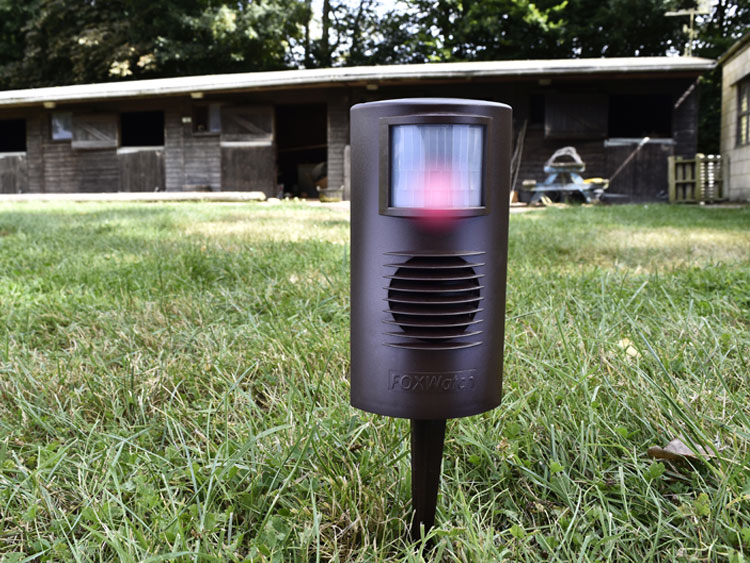
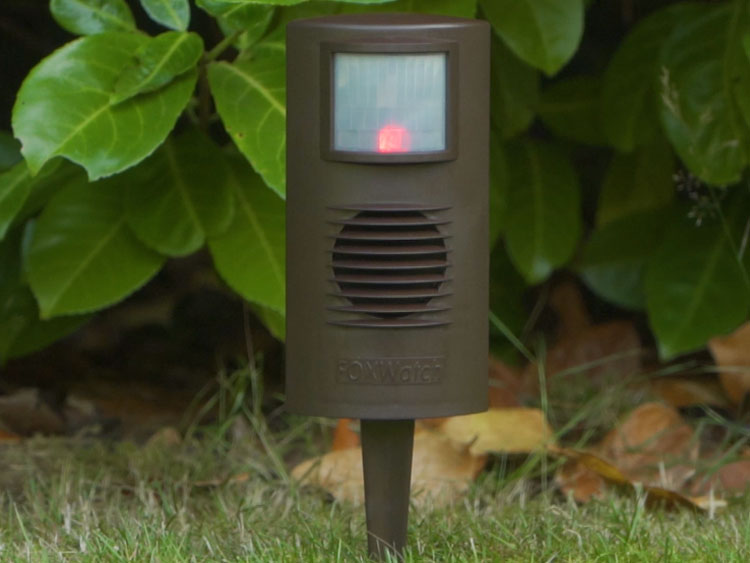
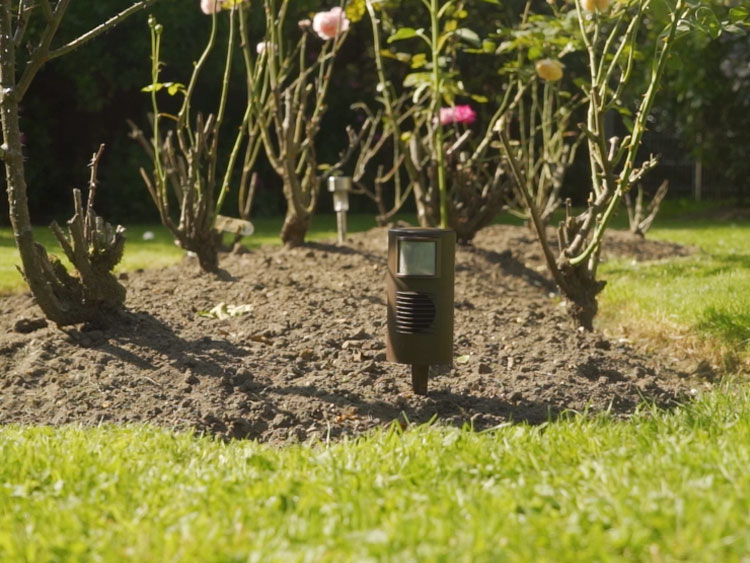
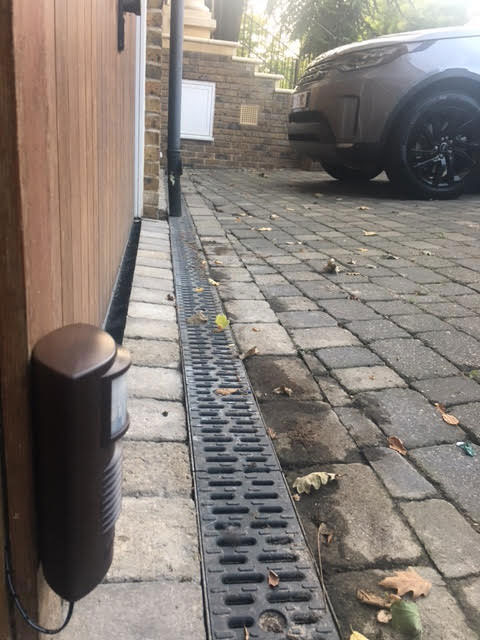
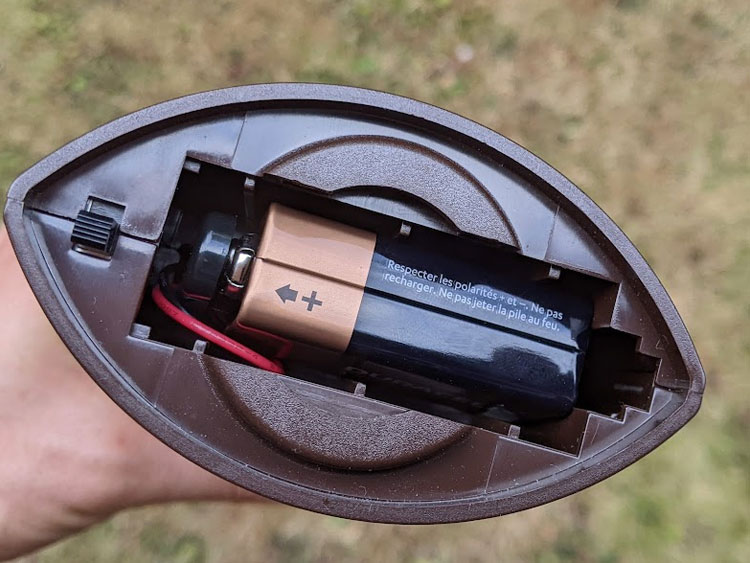
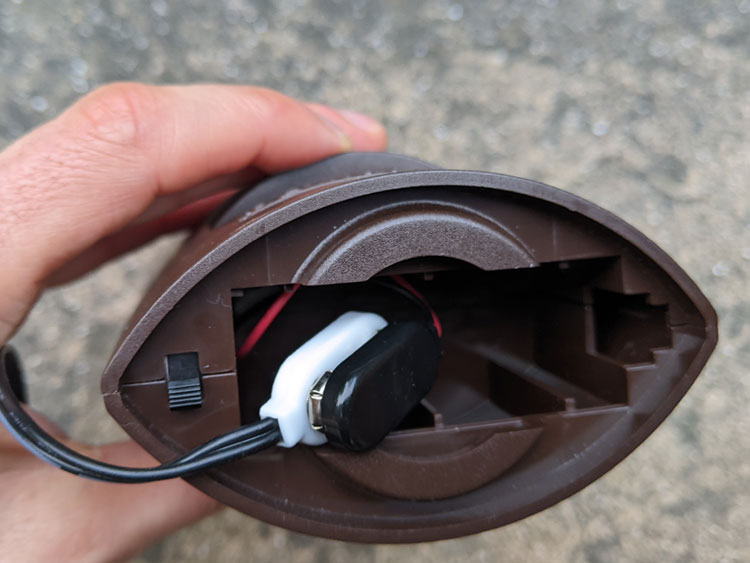

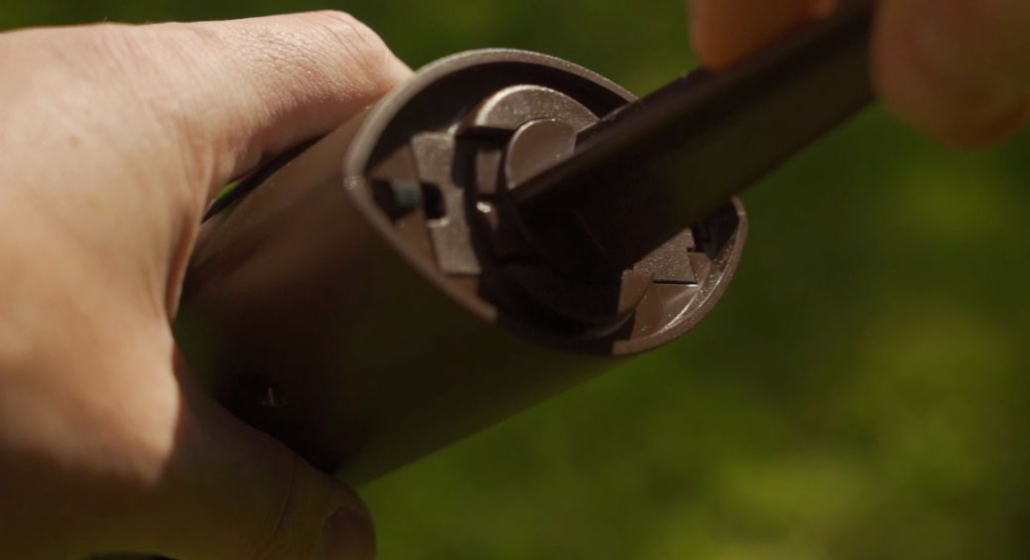
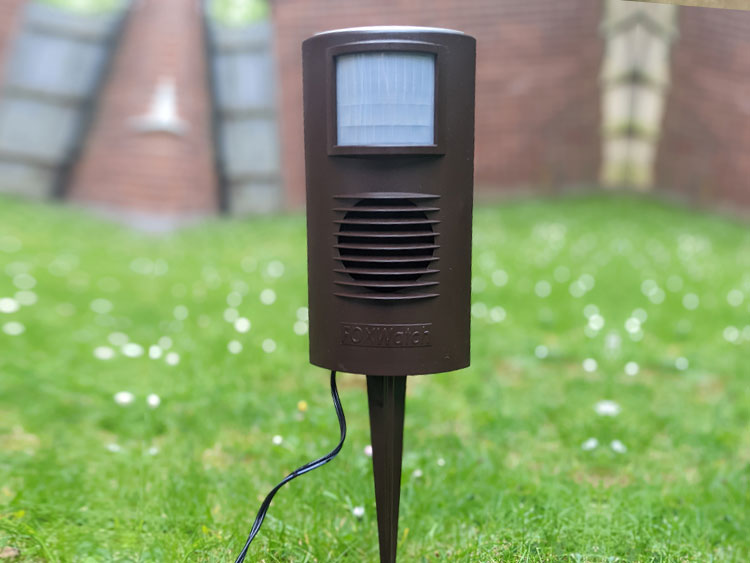
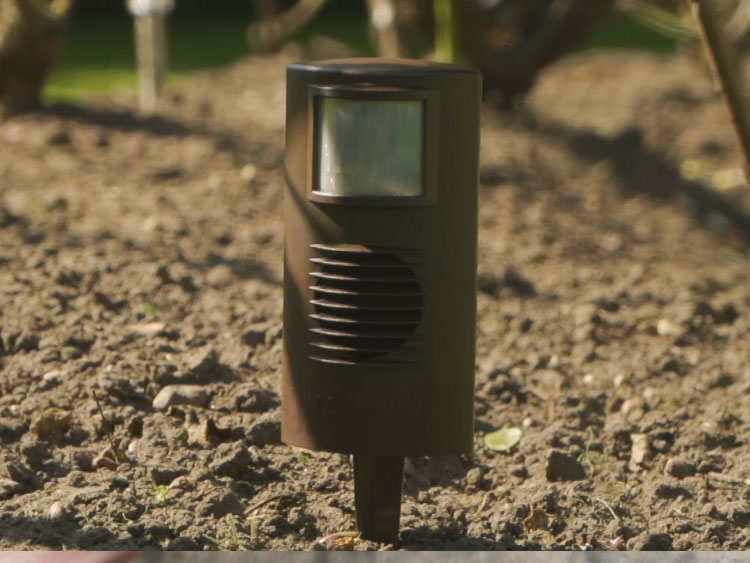


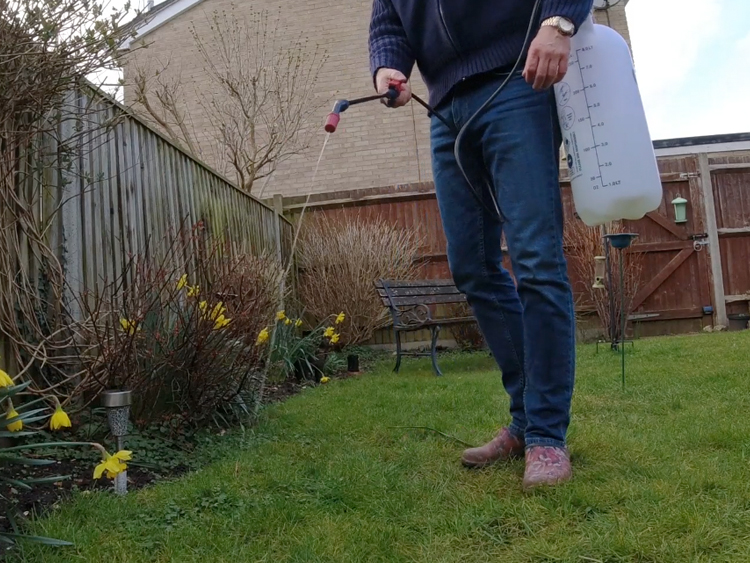
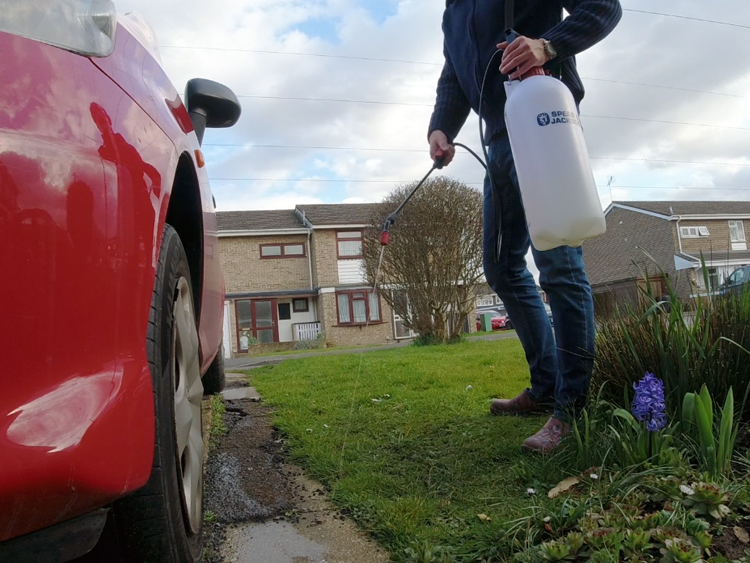






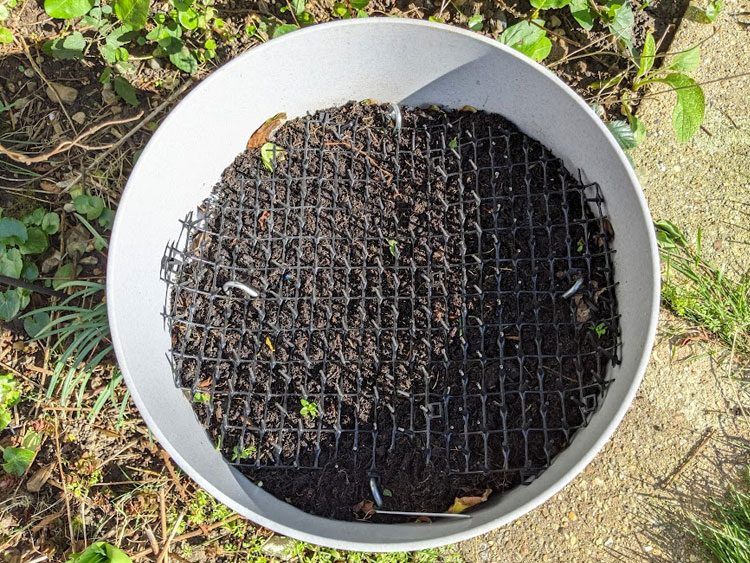
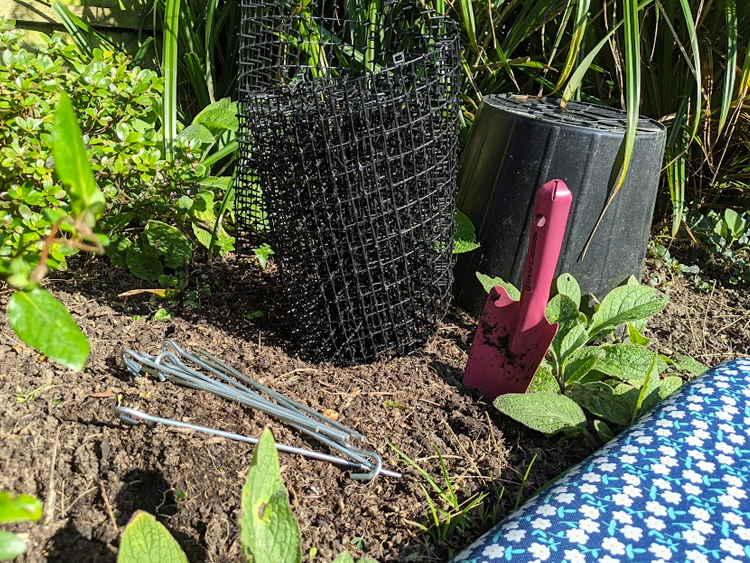
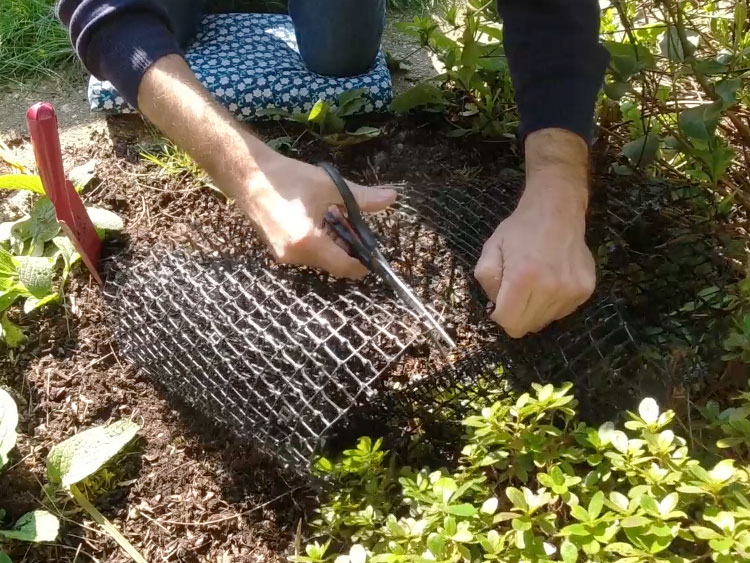
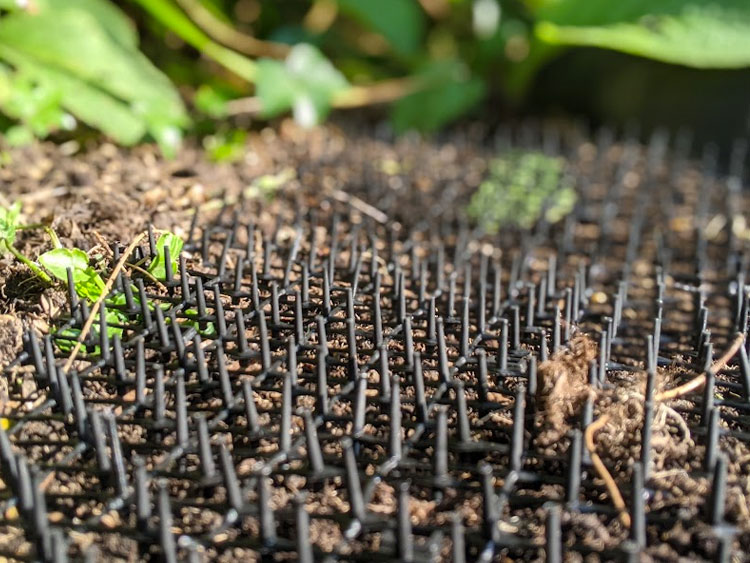

 Photo credit: Adam Lowly | Pexels.com
Photo credit: Adam Lowly | Pexels.com Photo credit: John Ondreasz - Pixabay
Photo credit: John Ondreasz - Pixabay
 Photo credit: Concept Research
Photo credit: Concept Research



